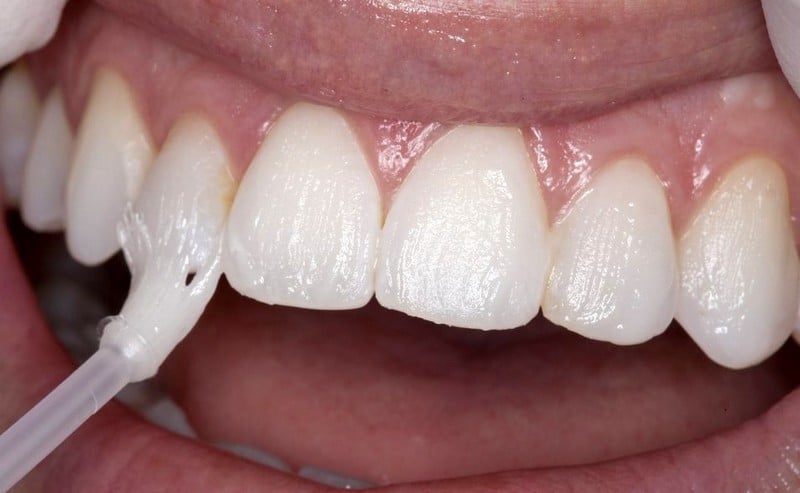Tooth decay or cavity is a crack or hole in the tooth. According to a recent survey, tooth decay is one of the most common problems worldwide. This is because anyone with teeth can suffer from cavities regardless of age and gender. Usually, tooth decay starts as tiny damage in the tooth, which doesn’t cause any pain or symptoms. So, patients do not notice mild cases of tooth decay. This causes the cavity to become gradually bigger and more noticeable. Fortunately, this scenario can be prevented by visiting the dentist regularly. Early detection is the key to treating tooth decay.
Plaque is made of saliva, acid, bacteria, and food particles. The accumulation of plaque, called tartar, causes tooth decay. Tartar sticks to the teeth and erodes their enamel or protective coating. This can be triggered by eating too much sugar, dry mouth, eating disorders, poor oral hygiene, and acid reflux.
Tooth decay can be treated, especially in mild cases. However, treatments for tooth decay differ depending on the severity, level, and symptoms. This article discusses the different ways to treat tooth decay.
Fluoride Treatment

The first stage of tooth decay is called initial demineralization. During this stage, the outer layer of the teeth or enamel begins to erode slowly. This is due to too much exposure to bacteria and acids found in plaque. This stage doesn’t have any painful symptoms, but small white spots will appear on the surface of a tooth. The white spots indicate the mineral loss in the enamel.
This stage can be reversed before it causes severe and more permanent damage to the teeth. Fluoride treatment is one of the highly effective solutions for this stage of tooth decay. Fluoride is a mineral that naturally strengthens teeth by supporting the enamel and fighting harmful bacteria in the oral cavity. It has been used in toothpaste, mouthwashes, and other products for oral hygiene. However, dentists may recommend professional fluoride treatments to patients with developing cavities to prevent tooth decay from worsening.
There are different ways to use fluoride treatments. Some experts use gel, foam, or varnish with high fluoride concentrations. The procedure lasts for less than an hour. Patients may experience discomfort afterward, but the treatment is generally harmless. Patients must wait for 30 to 60 minutes after the procedure before eating or drinking anything to allow the teeth to absorb the fluoride.










